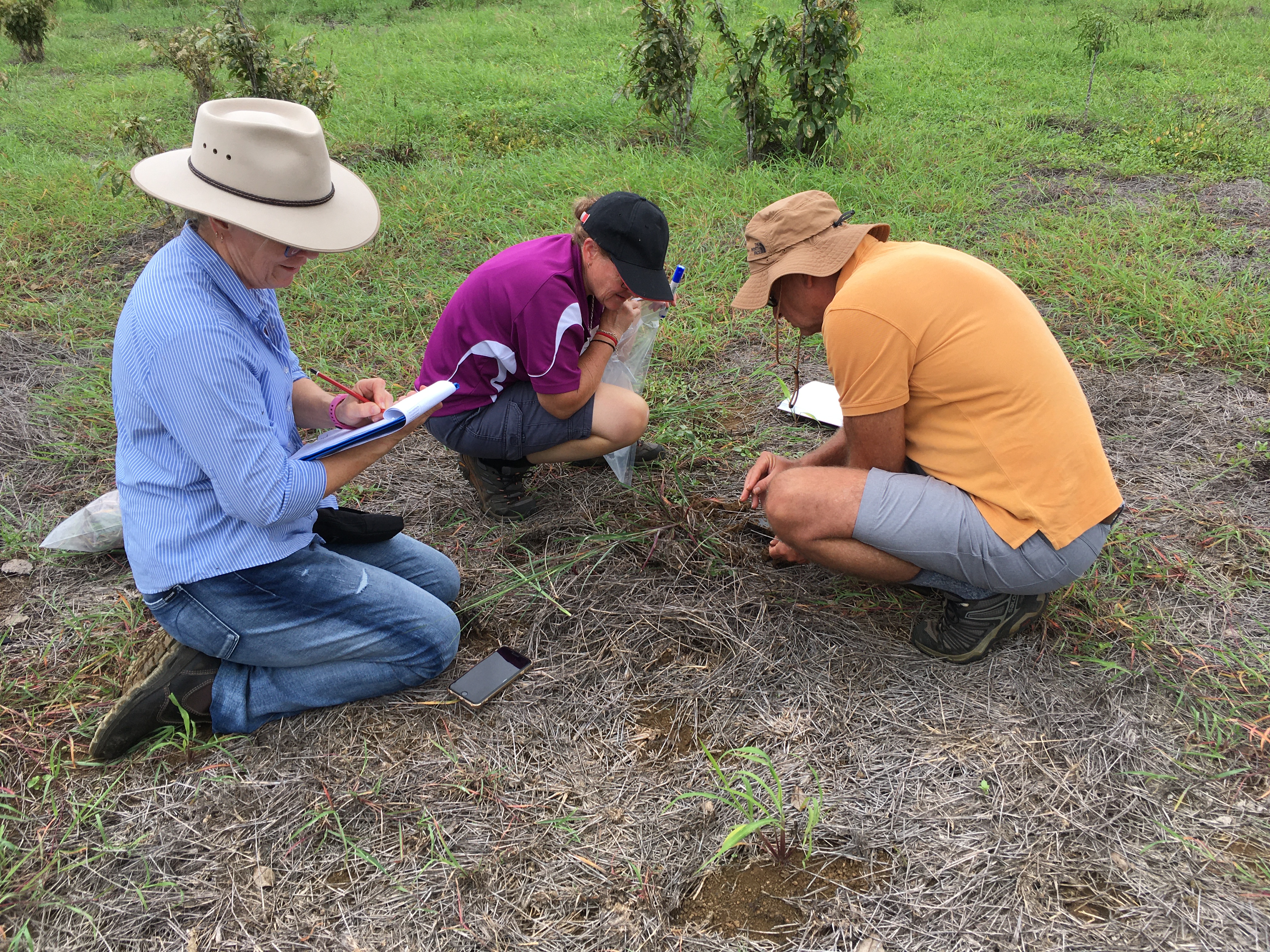Rigorous research to determine pasture dieback causal agent

As most readers will know, pasture dieback has caused significant productivity losses over recent years. Following a very dry 2019, rain across many areas of Queensland early in 2020 has improved pasture conditions, but unfortunately dieback is still present in pastures where seen previously and in some new locations.
Department of Agriculture and Fisheries Pasture agronomist, Nick Brazier, had this to say when asked of a project update: “The impact pasture dieback is having on the beef industry has been quite significant. In some instances, entire paddocks have been taken out of productivity as a result of the disease, resulting in producers having to either reduce stock numbers or invest in pasture improvement techniques. For these reasons, DAF is continuing an active program of dieback activities to assist affected graziers.”
“We are continuing to map the presence and absence of dieback in pastures right across Queensland in the hope that it will assist us to understand the factors that might predispose pastures to attack” Mr Brazier said. “Unfortunately, what we have found so far is that potentially millions of hectares may be affected, which would have very large economic impacts. This research is still on-going, and results will be provided once completed.”
Rigorous diagnostic research into the causes of dieback is continuing. The scientific team are investigating whether fungi, bacteria, viruses, insects or a combination of any of these, are causing dieback.
Principal agronomist of sown pastures, Stuart Buck said “At this stage, its unlikely dieback is caused by pathogenic fungal organisms; a range of fungi have been detected in the field but have not caused plant death in multiple scientific research investigations. We are looking closely to see if there’s potential for viruses, bacteria or phytoplasmas to be involved.”
The role mealybug has with dieback is a continuing area of research. “For pasture mealybug to be the direct cause of dieback, infested plants need to express the full cycle of symptoms, that is leaf yellowing and or reddening, stunting of growth, early senescence and death” said Mr Buck. “Several grass species were infested with pasture mealybugs in controlled glasshouse experiments (in the absence of other pathogenic organisms), and showed dieback-like symptoms (leaf yellowing and reddening, stunting), however the plants failed to die. Because of this, we can only conclude that mealybug are not the direct or sole cause of dieback and further research will be conducted to verify this outcome in field environments.”
At this time, options to restore productivity into affected paddocks include sowing legumes (either annual or perennial), or annual cereal forages such as sorghum or oats. All of these have shown to grow well in paddocks that were fully affected by dieback. At this stage we are suggesting not to re-sow affected paddocks with tropical grasses, however this will depend on the situation and the outcomes of current research.
“We are also investigating if any currently available grasses are tolerant of this condition” said Mr Brazier. “A new field site was planted near Kalbar in southern Queensland in February 2020 with 26 different grass varieties. This site will complement the existing grass and legume species investigation occurring at Brian Pastures Research Facility near Gayndah. Another site is being sought in central Queensland. Results to date suggests there is variability in grass species tolerance, however there is uncertainty if any are resistant. We are doing our very best to find out.”
The DAF pasture dieback research program will continue to actively seek answers to the main questions: What is the cause? What can be done about it? What can be done to stop pastures from being affected in the future? Close and effective working relationships with other organisations undertaking complementary research include MLA (and partners), University of Queensland, Central Queensland University, and the Fitzroy Basin Association.
More information about pasture dieback, including symptoms and known species affected, can be found here.
For further information please contact, Stuart Buck or Polani Shadur, Pasture Agronomists at DAF Rockhampton on 13 25 23.